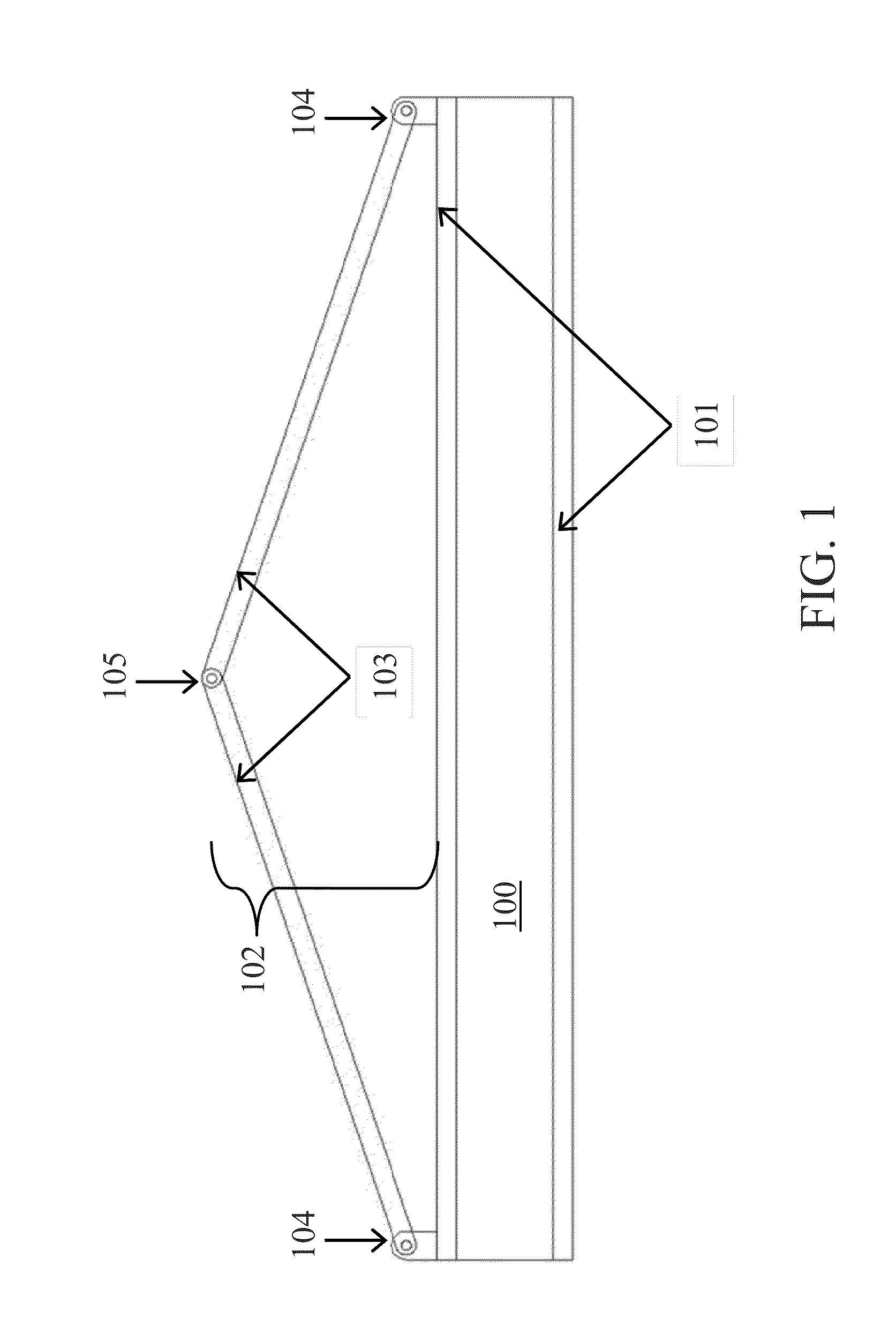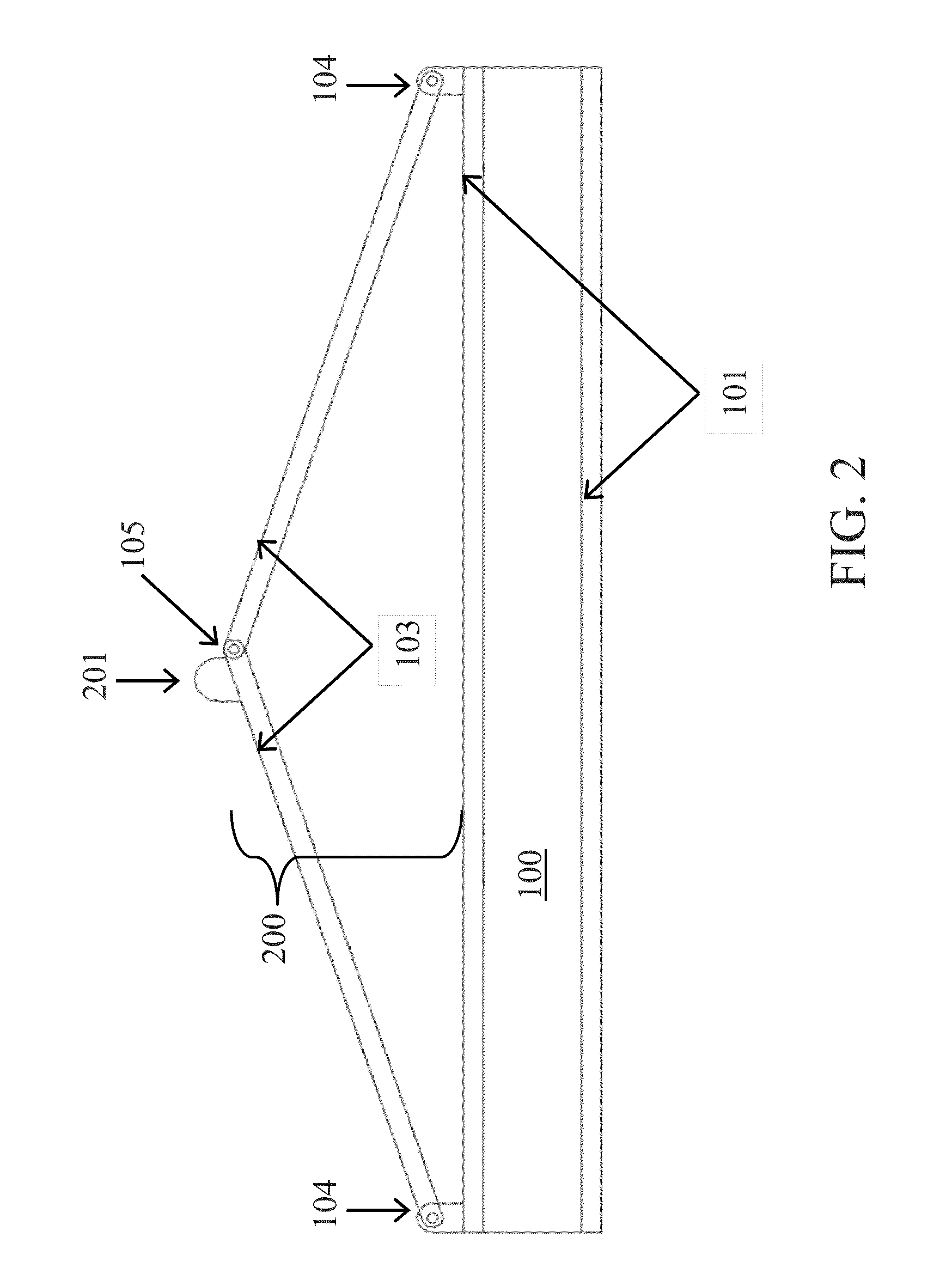Devices, methods, and systems for high-resolution tactile displays
a multi-functional actuator and tactile display technology, applied in piezoelectric/electrostrictive transducers, teaching apparatus, instruments, etc., can solve the problems of 20% of visual impairment that cannot be prevented or cured, and is difficult to accomplish many everyday tasks, so as to enhance the independence of students and improve the quality of life , the effect of educational participation
- Summary
- Abstract
- Description
- Claims
- Application Information
AI Technical Summary
Benefits of technology
Problems solved by technology
Method used
Image
Examples
examples
[0107]Those skilled in the art will recognize, or be able to ascertain, using no more than routine experimentation, numerous equivalents to the specific substances and procedures described herein. Such equivalents are intended to be encompassed in the scope of the claims that follow the examples below.
[0108]The literature results on tactile sensitivity are limited, provide a spread of values for threshold and resolution, and can be specific to the testing methodology. Furthermore, sensing thresholds vary from person to person; thresholds for extracting useful information will depend on the type of signal being conveyed (spatial, spatio-temporal, rhythm, etc.); and users' perceptions of the psychophysical dimensions of a sensation (rough / smooth, hard / soft, etc.) also vary among individuals. This variation between individuals and literature reports introduces some uncertainty into the design of the system and even into the definition of its necessary specifications. Therefore, while i...
PUM
| Property | Measurement | Unit |
|---|---|---|
| operating frequencies | aaaaa | aaaaa |
| distance | aaaaa | aaaaa |
| frequency | aaaaa | aaaaa |
Abstract
Description
Claims
Application Information
 Login to View More
Login to View More - R&D
- Intellectual Property
- Life Sciences
- Materials
- Tech Scout
- Unparalleled Data Quality
- Higher Quality Content
- 60% Fewer Hallucinations
Browse by: Latest US Patents, China's latest patents, Technical Efficacy Thesaurus, Application Domain, Technology Topic, Popular Technical Reports.
© 2025 PatSnap. All rights reserved.Legal|Privacy policy|Modern Slavery Act Transparency Statement|Sitemap|About US| Contact US: help@patsnap.com



